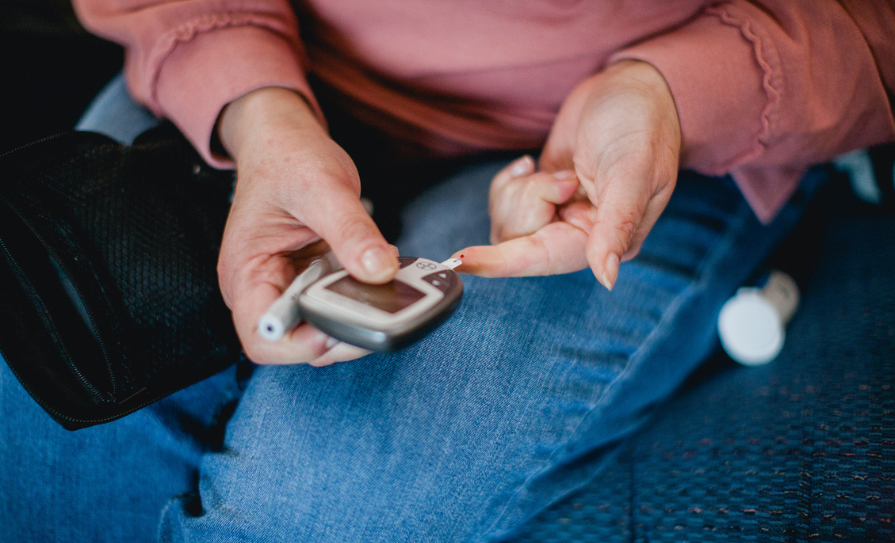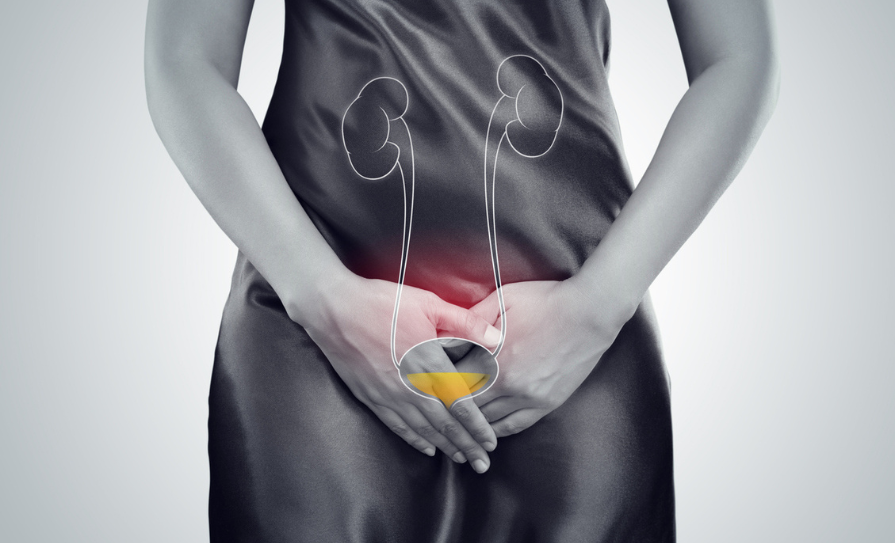Reference: Nov-Dec 2024 | Issue 6 | Volume 17 | Page 1
Bone health in focus
The Irish Osteoporosis Society (IOS) held its 2024 Annual Medical Conference for Health Professionals on Saturday, 19 October. The well-attended virtual conference featured a varied range of presentations from expert speakers. President of the Society, Prof Moira O’Brien, said that she was delighted the conference provided updates in so many areas of bone health, while also reinforcing the importance of prevention, early detection, and evidence-based treatment of osteoporosis.
She also highlighted the importance of clinicians investigating the root causes of bone loss in patients, and not just assuming that it is down to the menopause or chemotherapy, etc. She added that stress was a huge risk factor: “Very high stress levels, for example, affect the hormones and can cause bone loss.”
Orla Walsh, Registered Dietitian, spoke about the importance of ensuring adequate calcium intake in the diet alongside vitamin D to help protect against osteoporosis. She said that three portions of dairy a day are recommended for adults and up to five in older adults. Ms Walsh noted that plant-based dairy alternatives are not nutritionally similar to dairy products and may lack fortification and people need to be more aware of this. She also discussed lactose intolerance, which she said is rarer than people think, and that dairy products like most cheeses do not contain lactose. Ms Walsh said she also sees people that are too lean, with body mass indexes under 21, which is another risk factor.
This year’s patient perspective was delivered by Annette Costello, who was diagnosed with a progressive neurological condition in 2006 and now uses a wheelchair.
She shared her challenging personal experience of trying to find a radiology department in Dublin that could provide a hoist transfer from her electric wheelchair to a dual energy x-ray absorptiometry (DXA) scanner. It took significant efforts to do so, with her original GP referral in early October 2023 only finally leading to a DXA scan in June 2024; highlighting the totally inadequate provision of these services despite there being a statutory obligation to prevent discrimination based on disability. “There is a clear need to make DXA scanning more convenient and fully accessible for wheelchair users including those of us living with muscle wasting conditions,” she said.
Ciara Shields, a Chartered Physiotherapist and a Clinical Specialist in Musculoskeletal Physiotherapy at IONA Physiotherapy in Drumcondra, Dublin, gave a presentation entitled ‘A guide to treating patients with vertebral fractures’. Ms Shields noted that vertebral fractures are frequently missed and remain undiagnosed (only 30 per cent are identified), causing considerable pain and loss of function in patients.
Sacral fractures of the lower back are even more underdiagnosed, she told the meeting. Ms Shields advised against prolonged bed rest in patients recovering from such fractures, and instead advocated treatment with balance and strength exercises. She cautioned against certain yoga poses due to fracture risk, and stressed the need for a multidisciplinary approach to managing patients’ pain.
Dr Sinead Hussey, Clinical Lead for Women’s Health in Centric Health, Raheny, Dublin, spoke about bone health during the menopause, and the use of various osteoporosis therapies. She pointed out the high prevalence of osteopaenia and the need to be more vigilant with this patient population by assessing their osteoporosis risk factors, carrying out tests and DXA scans, and adequately treating them to prevent fractures.
Prof Bernard Walsh, Director of the Bone Health and Osteoporosis Unit at the Mercer’s Institute, St James’s Hospital, Dublin, and Trinity College Dublin, addressed the issue of vitamin D deficiency in a comprehensive presentation. He noted that vitamin D insufficiency and deficiency remains high in Ireland, and even in hot countries due to inadequate sunlight exposure.
He cited a number of studies on the role of vitamin D deficiency in muscle weakness and increased falls risk and how supplementation can address this issue. Prof Walsh said that consideration should be given to a national public health strategy for fortification in order to address this widespread deficiency.
Ms Aoife Ní Eochaidh, Chartered Physiotherapist, Clinical Specialist Physiotherapist, Women’s and Men’s Health and Continence, Bon Secours Consultant’s Clinic, Galway, spoke about pelvic organ prolapse and urinary incontinence, while Ms Anne Power, Advanced Nurse Practitioner in Chronic Disease Management, Wexford Residential Intellectual Disability Service, discussed alternative bone health screening for people with an intellectual disability.
ADOPTing AI to facilitate timely bone care
The Joint Irish and UK Endocrine Annual Scientific Meeting 2024, which took place in the International Cultural Centre, Belfast, from 13-14 October, was presented with a practical and clinically grounded overview of the UK ADOPT (AI-enabled Detection of OsteoPorosis for Treatment) study from lead author Prof Kassim Javaid, Professor of Osteoporosis and Adult Rare Bone Diseases, University of Oxford, UK.
ADOPT uses artificial intelligence (AI) to review hospital computed tomography (CT) scans and identify appropriate patients, who are not critically unwell or in the final stages of life, and will benefit from a prompt bone health assessment. In his talk, he provided insight into AI algorithms in clinical practice, how healthcare systems and clinicians “can use them intelligently”, and why he and his team now include the technology in their osteoporosis pathway.
Undetected fractures and high-risk patients
Prof Javaid began by presenting the empirical data and a patient case study to show that while patients undergo CT scans for many reasons, up to 50 per cent of moderate to severe vertebral fractures on images that include the spine are not detected. “This has led to a tsunami of AI models that look at different [radiological] modalities to automate the detection of bone fractures,” he said, and added that healthcare systems “don’t have the manpower” required to do so in the same manner.
Discussing the available technologies, Prof Javaid detailed “ensemble AI”– which involves training several AI models to achieve optimal fracture prediction and detection. “Why use one model when you can use four?” he said, explaining that agreement between the separate models provides “a much higher performance rate”, and diminishes dependence on just one system.
“CT has a lot more information than just the shape of the bone,” Prof Javaid continued, and went on to describe the “valuable” data AI can produce and analyse regarding muscle, age, and other demographics. Attendees then heard that the technology can improve fracture prediction even without analysing radiological images or bone parameters, instead using “very old” and other data sets, such as ICD (International Classification of Diseases) 10 codes. He then presented evidence to show that AI is “quite impressive” when compared to the traditional mode of osteoporosis detection, the DXA (dual-energy X-ray absorptiometry) scan. “There is a massive amount of [AI] models in the literature,” he said, and told his colleagues that they did not need to “keep up” with the ongoing advances, and should instead just wait for those that are granted regulatory approval, as most will “drop off” during the process.
Practical insight from ADOPT
Prof Javaid proceeded to share some of the practical knowledge he gained while successfully implementing a “very simple AI pathway way using CT data” in five hospitals during ADOPT. “We did this in four work packages,” he explained. “Does AI actually work in the hospital setting? What are the regulatory pathways for deployment? Do we actually improve the number of patients we manage? And finally, do we prevent fractures?”
Prof Javaid then gave a step-by-step description of the methodology, approval, and implementation phases of the study, as well as an overview of practical issues, tips for adoption, litigation considerations, and “lessons learned”. He emphasised the importance of identifying “humans in the loop”, as well as the “massive IT requirements”, and described carrying out a shadow test before going live “to see what happens” within a clinical context and identify areas to be fixed.
“AI is going to revolutionise healthcare in coming years,” Prof Javaid told the room. “The good news is that after 2,000 patients, we’ve only had positive feedback. Most patients are delighted that AI is now helping them achieve bone health.” Concluding, he emphasised the necessity of “human review”, multidisciplinary collaboration, particularly with general practice, and patient follow-up after the AI has identified those at risk.
“I would suggest you spend 90 per cent of your time thinking about the patient and 10 per cent thinking about AI, because the AI will work. You’ll get lots of patients and your AI implementation group has to focus on what happens once they get confirmed.”













Leave a Reply
You must be logged in to post a comment.